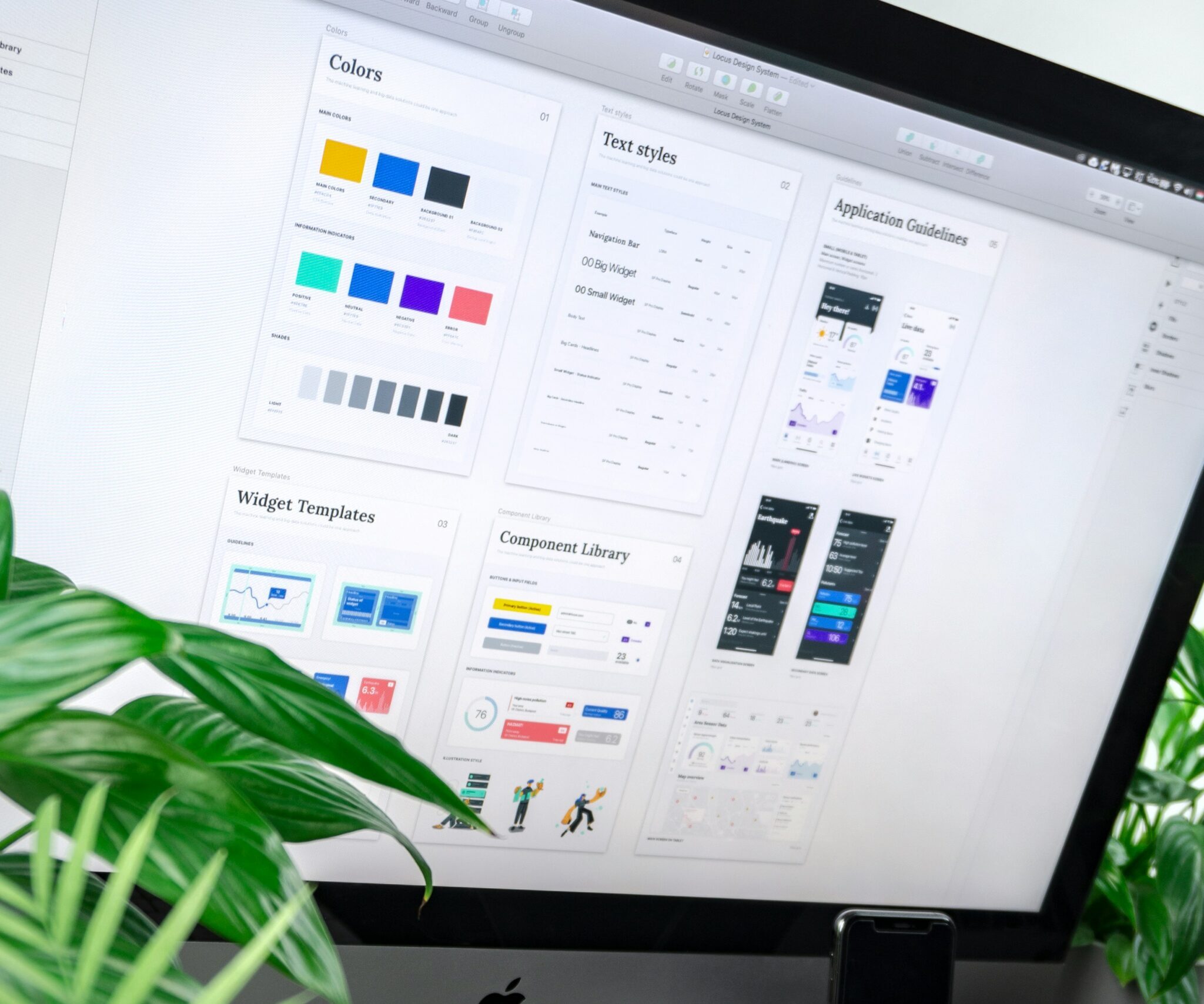Visual Branding Tips: How to Use Colors, Fonts, and Imagery Effectively
In the competitive world of digital marketing, creating a strong visual identity is key to standing out and making a lasting impression. Whether you’re launching a new business or refining an existing brand, understanding how to use colors, fonts, and imagery effectively can make all the difference. These visual elements are not just decorative; they play a crucial role in communicating your brand’s message and values. Let’s dive into how you can use each element strategically to enhance your visual branding.
1. Color: The Psychological Power of Hue
Color is more than just a design element; it’s a powerful tool in visual branding that can evoke emotions, shape perceptions, and influence consumer behavior. Different colors have psychological associations, and when used thoughtfully, they can help convey your brand’s personality.
- Red: Bold, energetic, and passionate. It’s often used by brands that want to evoke excitement and urgency (think Coca-Cola, McDonald’s).
- Blue: Trustworthy, calm, and professional. It’s frequently used by tech companies, financial institutions, and healthcare brands (like Facebook, IBM, and Pfizer).
- Green: Refreshing, natural, and healthy. Perfect for brands that focus on sustainability, health, or outdoor activities (e.g., Whole Foods, Tropicana).
- Yellow: Optimistic, cheerful, and youthful. Brands like McDonald’s and Snapchat use yellow to convey energy and happiness.
- Black/White: Timeless, elegant, and minimalist. Often associated with luxury (e.g., Chanel, Apple) or modern and sleek designs.
To make the most of color in your branding, choose a primary color that aligns with your brand’s values and target audience. Then, incorporate complementary colors that harmonize with it, creating a balanced and cohesive look across your website, social media, and marketing materials.
2. Fonts: Typography That Speaks for You
The fonts you choose are an extension of your brand’s personality. Typography is not just about legibility; it also affects how your audience perceives your brand. Selecting the right fonts can establish a sense of professionalism, creativity, or playfulness depending on your niche.
- Serif Fonts: These have small lines at the ends of each letter. They’re considered traditional, formal, and trustworthy (e.g., Times New Roman, Georgia). Perfect for law firms, newspapers, or financial brands.
- Sans-Serif Fonts: Modern, clean, and approachable. Sans-serif fonts (like Helvetica, Arial, and Futura) are popular in the tech and fashion industries, where simplicity and clarity are important.
- Script Fonts: Elegant and personal, script fonts can add a touch of sophistication or whimsy to your branding (e.g., cursive or handwritten styles). Use these sparingly for luxury brands or when you want to add a personal touch.
- Display Fonts: Bold, eye-catching, and often experimental. These fonts are great for logos, headlines, and special designs. But be careful—they can quickly become overwhelming if overused.
When selecting fonts for your visual branding, aim for no more than two or three different types: one for headings, one for body text, and possibly a third for accentuation. Ensure that the fonts are readable and align with your brand’s tone.
3. Imagery: Telling Your Brand’s Story
Images are a direct representation of your brand’s identity. Whether you’re using stock photos, illustrations, or original photography, the images you choose should reinforce the message you want to convey. They should reflect your brand’s values, speak to your audience’s aspirations, and tell a story.
- Consistency: Maintain consistency in your imagery across platforms. Whether it’s through the color palette, composition, or style of photography, make sure your images align with your brand’s overall aesthetic. For example, if your brand is centered around luxury, you may choose high-quality, minimalist photography.
- Authenticity: Avoid overly staged or generic stock photos. Opt for real, authentic images that resonate with your audience and make them feel connected to your brand. User-generated content, behind-the-scenes shots, or candid photography can help achieve this.
- Illustrations and Icons: In addition to photographs, incorporating custom illustrations and icons can give your brand a unique and creative edge. These can also help simplify complex concepts and communicate your message clearly.
- Emotional Appeal: Select images that evoke the right emotions for your target audience. Whether it’s joy, trust, or empowerment, ensure your visuals create a strong emotional connection with the viewer.
4. Creating a Cohesive Visual Identity
To establish a strong visual brand, all elements—colors, fonts, and imagery—should work together seamlessly. Here are some tips to achieve a cohesive visual identity:
- Create a Brand Style Guide: Document your color palette, font choices, imagery style, and logo specifications in a comprehensive brand style guide. This will help maintain consistency across all channels, from your website to social media and printed materials.
- Consider Your Audience: Always keep your target audience in mind when making design decisions. What appeals to one demographic might not resonate with another. Tailor your visual identity to your audience’s preferences and expectations.
- Adaptability: Your brand’s visual elements should be adaptable across different mediums. Whether it’s a digital ad, a business card, or a mobile app, your visual branding should look cohesive everywhere.
Conclusion
Colors, fonts, and imagery are essential components of your visual brand identity. When used strategically, they can communicate your brand’s personality, evoke emotions, and build a strong connection with your audience. Remember, consistency is key. By carefully selecting and harmonizing these elements, you’ll create a visual identity that resonates with your audience and sets your brand apart from the competition.




